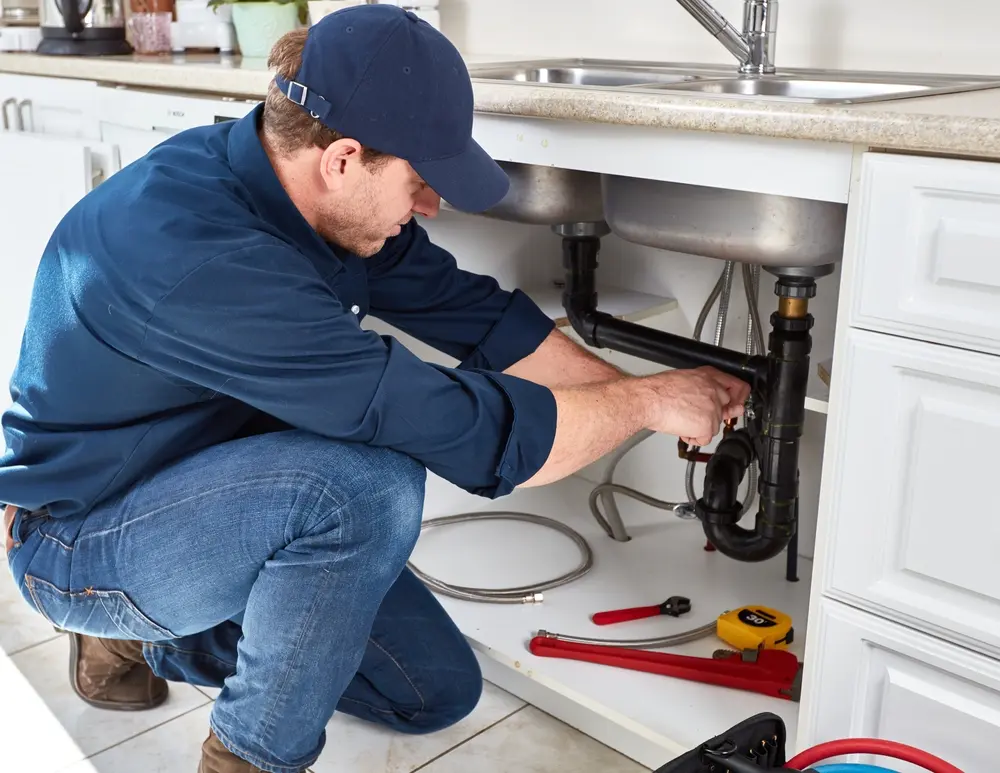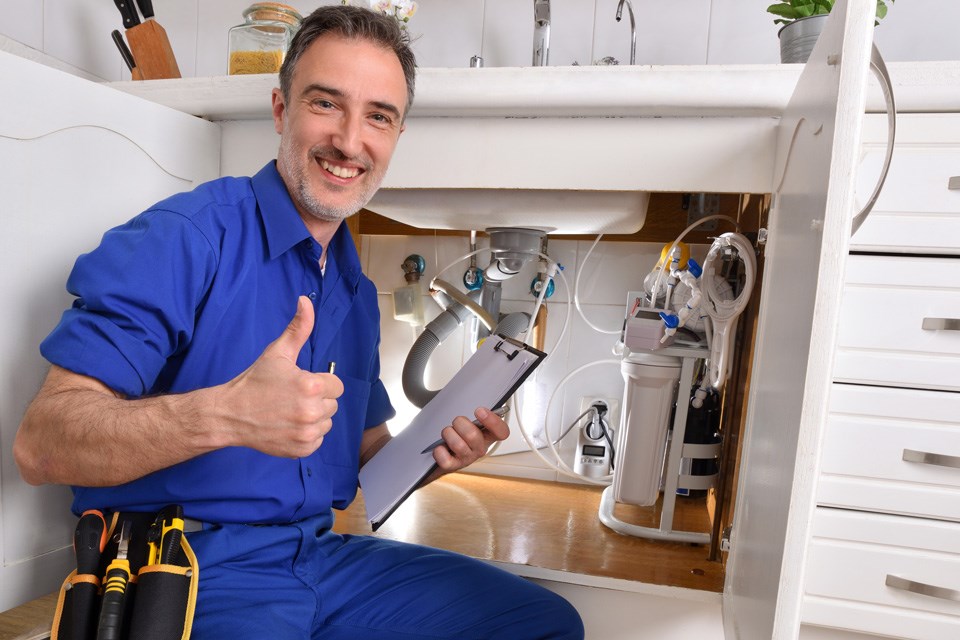Reliable Plumber Alabaster AL for All Your Emergency Demands
Reliable Plumber Alabaster AL for All Your Emergency Demands
Blog Article
A Detailed Overview to Effective Water Heating Unit Installation for Optimum Efficiency
Getting started on the job of setting up a water heating unit is an endeavor that requires accuracy and a systematic strategy for accomplishing optimal performance. As you proceed, the ins and outs of linking water supply lines and establishing up trustworthy electric or gas links await, promising insights right into guaranteeing effectiveness and integrity.
Selecting the Right Water Heating System

Following, think about the dimension and capability of the water heating system. It's essential to examine your home's hot water demands, which can vary based upon the variety of occupants and their usage patterns. An unit that's too small may cause insufficient warm water, while a large version might result in unnecessary energy usage.
Effectiveness rankings likewise play a critical duty in option. Search for water heating units with high Power Factor (EF) rankings, indicating remarkable performance and lowered power usage. Tankless designs, though commonly extra expensive ahead of time, deal substantial energy savings over time because of their on-demand home heating capabilities.
Preparing the Installation Location
Before setting up a brand-new hot water heater, precise prep work of the installation area is vital. This ensures a smooth installment procedure and helps stop future difficulties (Plumber Alabaster AL). Begin by selecting a suitable location that adheres to local building ordinance and safety and security criteria. The location ought to be dry, well-ventilated, and easily accessible for maintenance. It's important to determine the room very carefully to suit the water heating system's measurements, guaranteeing ample clearance around the device for reliable procedure and maintenance.
Check the flooring for stability, as the water heating unit will require a strong, degree surface area to operate effectively. If required, set up a drip frying pan under the system to capture potential leaks or spills, protecting against water damages to the surrounding area.
Furthermore, ensure that all essential devices and products are on hand before beginning the installation. This consists of products such as wrenches, screwdrivers, a degree, and any kind of added hardware required for safeguarding the heating system and mounting. A well-prepared installation area sets the foundation for a successful hot water heater configuration, maximizing performance and safety.
Connecting Water Lines
When connecting water lines to your freshly mounted water heating unit, it is essential to guarantee that all connections are leak-free and safe and secure to maintain reliable operation and avoid water damages. Begin by identifying the warm and cold water supply lines. The chilly water inlet is normally marked with a blue tag or a "C", while the warm water electrical outlet is marked with a red label or an "H".
Use flexible hot water heater adapters to promote an easier installment procedure. These adapters can take in vibration and enable for slight motion, minimizing the risk of leakages. Prior to affixing the adapters, put a plumbing professional's tape around the threaded ends of the hot water heater's inlet and outlet pipelines - Plumbing Alabaster AL. This tape works as a sealer, protecting against leakages. Very carefully link the flexible hose pipes to the corresponding inlet and outlet, making sure that they are limited but not over-tightened, which might harm the strings.
When connections remain in area, gradually transform on the primary water shutoff. Evaluate each connection for leaks by visually examining and feeling for moisture. Tighten up links as required, and ensure the stress relief shutoff is appropriately set up, protecting against excessive pressure accumulation.
Establishing Electrical or Gas Connections
Correctly setting up the electric or gas links for your hot water heater is an important step to make sure effective and secure operation. For electrical hot water heater, start by validating that the electric circuit works with the heating system's voltage and amperage requirements. Make sure the power supply is shut off at the breaker to prevent accidents. Attach the electrical cords to the heater adhering to the supplier's wiring layout. Usually, this involves attaching the ground wire to the green terminal, and the continuing to be cords to their corresponding terminals, safeguarding each with cable nuts.
For gas water heating more systems, safety is vital. Link the gas line to the water heating unit utilizing a versatile gas connector, ensuring it is properly threaded and secured with pipeline joint substance or Teflon tape appropriate for gas links.
As soon as links are made, inspect for any kind of prospective leakages. For gas lines, apply a soapy water option to the joints; bubbles show a leak. For electrical connections, ascertain that all circuitry is safe and secure and properly insulated, keeping conformity with regional electric codes.
Readjusting and examining for Performance
With the electrical and gas links safely in area, the next step is assessing the functional performance of your water heating unit. Begin by carefully transforming on the water supply and making certain there are no leakages at any of the joints or valves.
Next, execute a detailed inspection to guarantee the burner or burner are operating correctly. For electric heaters, use a multimeter to confirm if the components are drawing the ideal existing. In gas versions, observe the heater flame; it should be blue and stable, showing efficient burning.
Adjust the setups as required to eliminate inefficiencies. Take into consideration applying insulation actions, such as adding a hot water heater blanket, to additionally enhance performance by reducing warmth loss. Furthermore, check the anode pole's problem, as a worn-out rod can reduce effectiveness and result in tank rust.
Conclusion
Reliable water heating unit installment is critical for making sure ideal performance and energy savings. By choosing the ideal kind and dimension, and diligently preparing the installment area, a structure for success is established. Firmly connecting supply of water lines and thoroughly establishing up electric or gas connections lessen potential problems. Comprehensive screening for leaks and exact thermostat changes to 120 ° F boost i loved this dependability and efficiency. Complying with these steps promotes long-lasting performance and power preservation in property water heating unit.

Correctly setting up the electric or gas links for your water heater is an essential action to ensure effective and secure procedure. For electric water heating units, start by confirming that the electric circuit is suitable with the heating system's voltage and amperage needs. Attach the gas line to the water heating system making use of an adaptable gas connector, ensuring it is effectively threaded and secured with pipe joint compound or Teflon tape appropriate for gas links.
Report this page